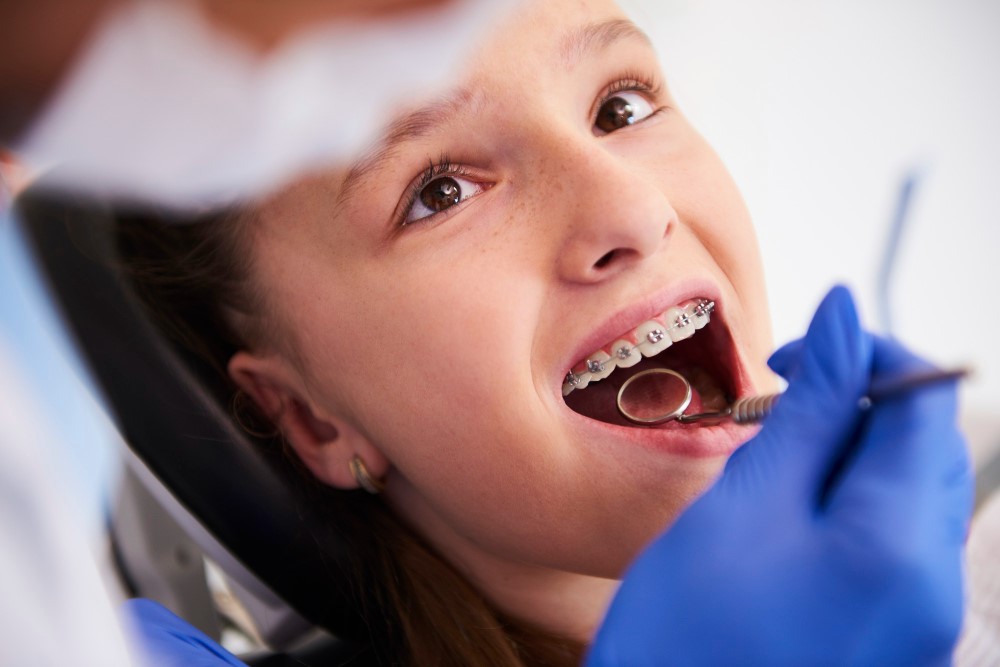Orthodontic Treatment

Orthodontic treatment is a specialized branch of dentistry focused on correcting irregularities in the alignment of teeth and jaws. These irregularities, often referred to as malocclusions or bad bites, can affect the way you smile, chew, clean your teeth, and even your overall facial appearance. Orthodontic treatment aims to straighten teeth, improve bite function, and enhance both dental and facial aesthetics.
The most common orthodontic treatment involves the use of dental braces or clear aligners to gradually move teeth into their desired positions. Braces consist of brackets bonded to the front of the teeth and connected by archwires that apply gentle pressure to guide the teeth into alignment. Clear aligners, such as Invisalign, are custom-made, removable trays that gradually shift teeth into place without the use of brackets and wires.
Orthodontic treatment begins with a comprehensive evaluation by an orthodontist, who will assess your dental and facial structure, take X-rays and photographs, and create a personalized treatment plan. This plan outlines the specific orthodontic appliances and techniques that will be used to achieve optimal results based on your individual needs.
The duration of orthodontic treatment varies depending on the complexity of the case, but it typically lasts from several months to a few years. Throughout treatment, regular adjustments and check-ups are necessary to monitor progress and make any necessary modifications to the appliances.
In addition to improving aesthetics and bite function, orthodontic treatment can also contribute to better oral health. Straighter teeth are easier to clean, reducing the risk of tooth decay, gum disease, and other dental problems associated with misaligned teeth. Furthermore, correcting bite issues can alleviate strain on the jaw joints and muscles, potentially reducing the risk of temporomandibular joint (TMJ) disorders and related discomfort.
Maintaining good oral hygiene and adhering to your orthodontist’s instructions are crucial for successful treatment outcomes. This includes diligent brushing and flossing, avoiding foods that could damage braces or aligners, and attending scheduled appointments for adjustments and progress checks. By following these guidelines, orthodontic patients can achieve a straighter, healthier smile that enhances their overall dental well-being and self-confidence.
